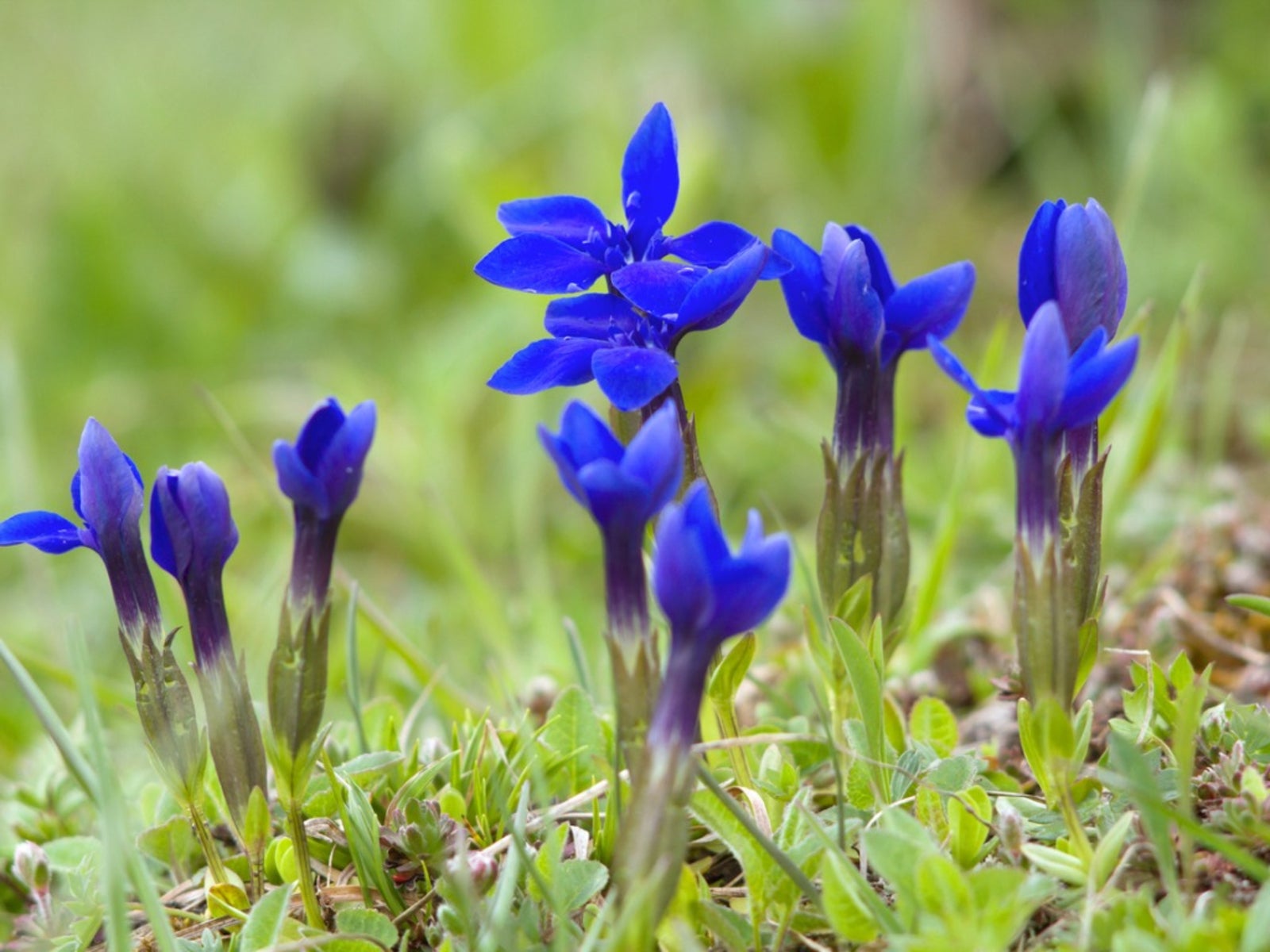How To Grow And Care For A Chives Plant
Growing chives at home is not only fun, but it also yields a delicious bounty of fresh herbs that can be used in a variety of dishes. Whether you're a seasoned gardener or just starting out, chives are a great plant to have in your collection. Plant Attributes Chives are a member of the Allium family, which includes onions, garlic, and leeks. They are a hardy perennial herb that grows in clumps and produces beautiful purple flowers. Chives are easy to grow and thrive in the summer months with full sun and well-drained soil. Plant Care To ensure your chive plant is healthy and thriving, it’s important to provide them with the right amount of water and fertilizer. Chives need to be watered regularly, but do not like to have their roots sitting in water. Make sure to keep the soil moist, but not soaked. Chives do not require a lot of fertilizer, but adding a balanced, all-purpose fertilizer once a month will help to promote growth and keep your plants healthy. Pruning Pruning your chive plants is important to ensure that they continue to grow healthy and strong. It’s best to prune your chives in the spring when new growth begins. Cut the plants back to about 2 inches above the soil level. This will help to promote new growth and a fuller, healthier plant. Propagation Chives are easy to propagate and can be grown from seed or by dividing an existing clump. If growing from seed, sow the seeds in the spring and cover lightly with soil. They typically germinate within a week or two. To divide an existing clump, dig up the plant and separate the clumps into smaller pieces. Replant the individual clumps and water well. Potting & Repotting Chives can be grown in pots or containers, making them a great option for those with limited space or who live in apartments. When potting your chives, make sure to use a good quality potting mix and a container with drainage holes. If your chives outgrow their current pot, it’s important to repot them to ensure they continue to grow healthy and strong. This can be done in the spring, and it’s best to use a pot that is one size larger than the current pot. Common Pests & Plant Disease Chives are generally pest-free, but they can be susceptible to aphids and thrips. If you notice these pests on your plants, you can use a natural insecticidal soap to help control them. Chives can also be affected by fungal diseases such as rust and leaf blight. To prevent these diseases, make sure to provide your plants with good air circulation and avoid watering the leaves of the plant. Common Problems One common problem with chive plants is overwatering. Chives do not like to have their roots sitting in water, so it’s important to make sure the soil is well-drained and the plant is not being overwatered. Another common problem is under-fertilizing. Chives do not require a lot of fertilizer, but adding a balanced, all-purpose fertilizer once a month will help to promote growth and keep your plants healthy. In conclusion, growing chives at home is a rewarding and easy way to add fresh herbs to your cooking. With a little care and attention, your chive plant will thrive and provide you with a bountiful harvest. Whether you’re a seasoned gardener or just starting out, chives are a great herb to have in your collection. 


worstroom.com - chives
blog.growjoy.com - chives grow growjoy plant onion growing
www.growplants.org - chives grow




Post a Comment for "How To Grow And Care For A Chives Plant"